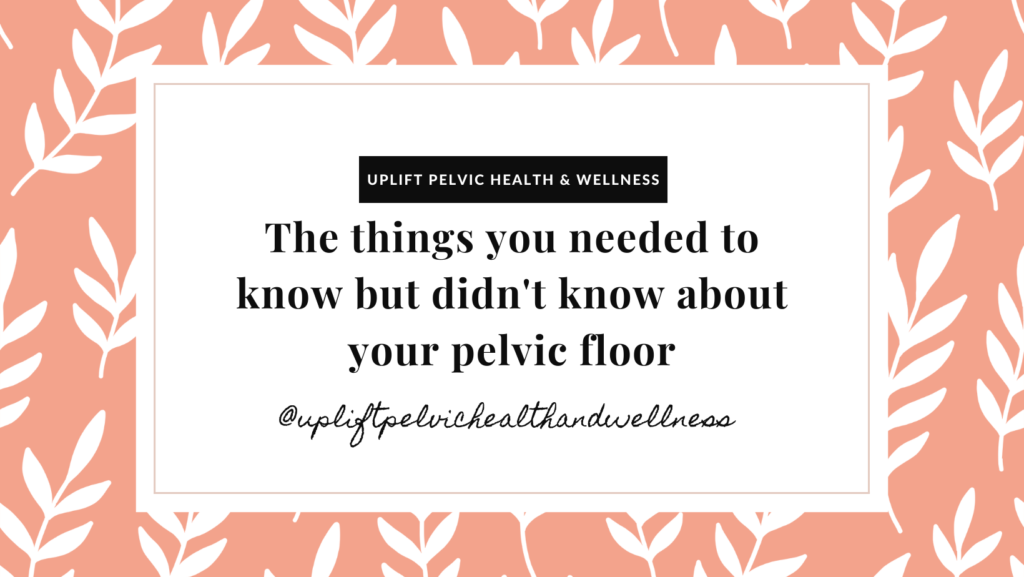Maintaining Pelvic Health While Hiking: A Vital Balance

Introduction:
Hiking is an invigorating outdoor activity that brings us closer to nature and helps us stay physically active. However, while we often focus on the cardiovascular and muscular benefits of hiking, it’s essential not to overlook the impact it can have on our pelvic health.
This blog aims to shed light on the significance of pelvic health during hiking adventures and provide some practical tips for maintaining balance and well-being.
Understanding Pelvic Health:
The pelvic region comprises a complex network of muscles, ligaments, and organs crucial for various bodily functions, including bladder and bowel control, sexual health, and stability. Hiking can potentially strain these structures due to repetitive impact, uneven terrain, and prolonged periods of exertion. Neglecting pelvic health can lead to discomfort, urinary incontinence, and even pelvic organ prolapse.
Tips for Pelvic Health during Hiking:
- Strengthen your pelvic floor muscles: Engage in regular pelvic floor exercises that also provide stability to hips and enhance balance, such as bridges, squats, and lunges, to enhance muscle tone and support. Strengthening the pelvic floor can help prevent urinary leakage during hikes.
- Lengthening your pelvic floor is also essential. Start by checking in with your breath. Breathing into your ribs and envisioning your breath moving into your pelvic floor can help ease excess tone in our pelvic floor.
- Hydration and bathroom breaks: Staying hydrated is crucial for maintaining a healthy bladder. Drink plenty of water before and during your hike, and be mindful of bathroom breaks to empty your bladder regularly. Holding in urine for extended periods can strain the pelvic floor muscles and increase the risk of urinary tract infections.
- Supportive gear and clothing: Invest in comfortable, moisture-wicking underwear and hiking pants with built-in support to minimize frictions and provide adequate protections. Wearing a supportive sports bra can also reduce breast movement, which indirectly affects pelvic stability.
- Pacing and rest breaks: Listen to your body and hike at a pace that allows you to maintain control and avoid excessive strain. Take regular rest breaks to give your pelvic muscles a chance to recover from prolonged activity.
- Proper body mechanics: Pay attention to your posture while hiking. Maintain a neutral spine and engage your core muscles to provide additional support to your pelvic region. Be mindful of how you carry your backpack to distribute weight evenly and avoid straining your lower back.
Conclusion:
Prioritizing pelvic health while hiking is crucial for both men and women. By adopting simple strategies like pelvic floor exercises, staying hydrated, wearing appropriate gear, pacing yourself, and maintaining proper body mechanics, you can enjoy the beauty of nature while safeguarding your pelvic well-being. Remember, a healthy pelvis ensures a more enjoyable and comfortable hiking experience, allowing you to explore the great outdoors with confidence and vitality.
